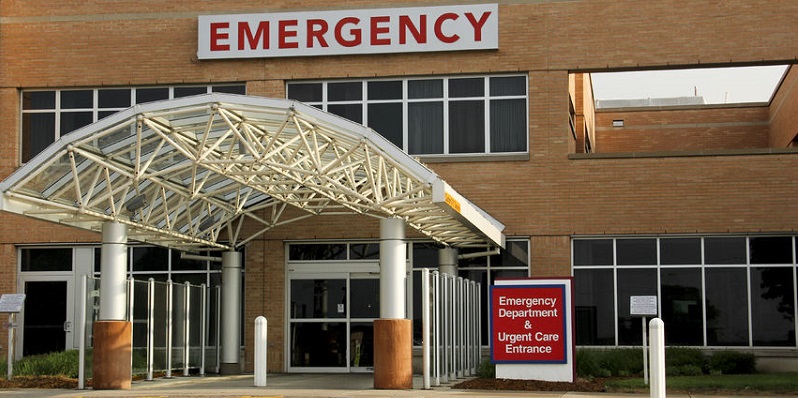Although some in traditional emergency departments consider urgent care centers competition, others are finding that partnering with them creates a win-win situation.
Rather than competing, some hospitals are embracing partnerships with UCCs and freestanding EDs
As primary care physicians’ patient loads continue to reach capacity across the nation and affordable health care remains a challenge, Americans are turning to urgent care centers (UCC) and freestanding emergency departments (FSED) in larger numbers.
A combination of convenience and affordability makes these relatively new types of health care providers attractive options for patients, as well as hospitals interested in expanding their reach.
Walk-in clinics will necessarily lead to big changes for hospital emergency departments. With an estimated $15 billion in annual revenue, the market for urgent care centers is projected to increase rapidly over the next several years.
Here are some factors that contribute to the impact that UCCs and FSEDs are having on the traditional ED.
Affordability and Access
Urgent care centers have gained traction in the health care market by providing emergency and outpatient services at a lower cost than an ED visit. These centers offer a more convenient access and shorter waiting periods. The Kaiser Family Foundation reports that an estimated 28.2 million Americans are still uninsured, making access to affordable health care a challenge for more than 10 percent of the population.
A recent survey, a joint initiative by Kaiser and the Peterson Center on Healthcare, reports that the high cost of health insurance was cited as a primary barrier to obtaining it. These factors help position UCCs as suitable alternatives for those who cannot afford the cost of health insurance.
Following a study of UCCs in New York City, Health Care: Current Reviews has reported that patients covered by Medicaid and private insurance companies visited urgent care centers at the same rates as the uninsured. This dispels a myth that UCCs are largely frequented by the uninsured and gives credence to the idea that insurance providers are also benefiting from the lower costs of these clinics.
FSEDs are operating differently than they may have been expected to at the outset of the surge. There are now more than 400 of these emergency care centers throughout the United States, and research is showing they are primarily serving patients who are already insured but find shorter wait times preferable.
Managing ED Capacity for Better Patient Outcomes
The schedules of primary care physicians continue to be crowded, and there are more than 140 million visits to emergency departments every year. Due to limited access to health care elsewhere, many patients visit the ED for services that are typically provided by a primary care doctor, creating a cycle of overcrowding and underperformance in many EDs.
Dealing with a high volume of patients at a given time makes it difficult for doctors to effectively prioritize care. Some hospitals understand the value of UCCs when it to comes to managing patient capacity and have established formal partnerships with clinics.
Successful Partnerships
Hospitals in Massachusetts and the California East Bay region are among those reporting on their experiences working in partnership with urgent care centers. To date, the reports have been positive. In addition to reduced costs and wait times for patients in the ED, there also are reports of improved workflow and better care of emergency. Hospitals that partner with clinics also increase the visibility of their hospital’s brand, which is fundamental to economic growth and public relations within the communities they serve.
Dr. Jack Cornwell, M.D., the director of CareWell, an urgent care center in partnership with Lahey Hospital in Massachusetts, said communication between a hospital and its urgent care partner is central to the partnership’s success. If patient records can be accessed through an integrated system, care providers at hospitals and clinics can seamlessly refer patients for procedures.
Regardless of where you are in today’s EM landscape — ED, urgent care, or hospital — you need to understand your data to optimize performance. The trend toward urgent care isn’t necessarily a good or bad thing, but it does reinforce the need for all HCOs to make data-driven decisions to improve efficiency, access, and care.
d2i’s data analytics solutions provide that insight. Our clients experience that value proposition every day in the analysis of their data to improve operations and patient outcomes. Contact us to learn more about our data analytics solutions and services or to schedule a 30-minute demo.
